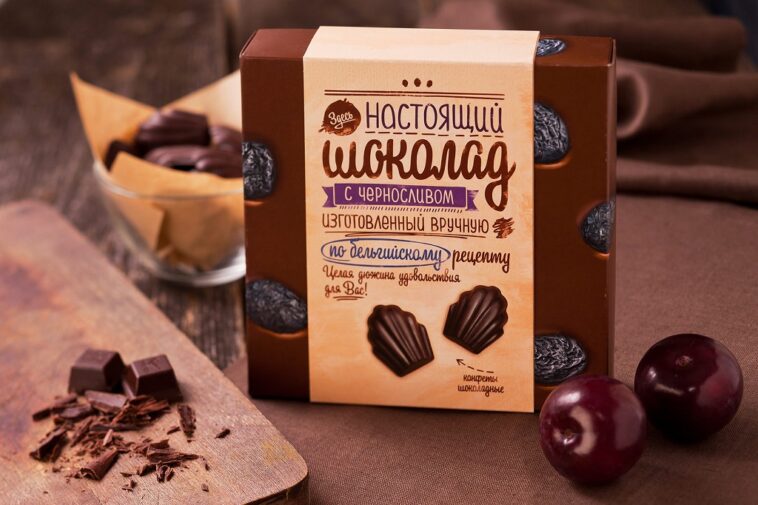When’s the last time you picked up a chocolate bar and immediately fell in love with the packaging only, without having a bite? As the saying goes, you eat with your eyes first; consumers’ initial impressions of a product are remarkably influenced by its packaging, especially when it comes to food—and in our case, the sweet goodness of chocolate! So, what’s inside the chocolate carton that stirs a dramatic difference in purchasing behaviors? This post will unwrap the secrets behind chocolate carton designs and examine their impacts on shopping habits.
Perhaps you laughed at the idea initially—the notion that something as trivial as the carton could impact your buying decisions. After all, it’s the chocolate that should matter, right? Nonetheless, you may be surprised to discover just how much these cartons shape consumer behaviors and buying patterns. Consequently, if you’re an ardent chocolate lover or a curious design advocate, this blog post has something to intrigue everyone.
The post will also delve into the unique interplay of psychology, marketing and design that chocolate manufacturers ingeniously employ to lure customers. Let’s raise the curtain to reveal the fascinating nuances of chocolate carton design and the power it holds over consumers’ minds.
The Aesthetics of the Carton: Why Does Design Matter?
First impressions may not be everything, but they certainly count when it comes to packaged foods. Let’s face it–we, as consumers, are drawn to attractive packaging. We often subconsciously equate a well-presented product with high quality, luxury or exclusivity. But how does this translate to the world of chocolate?
From a design perspective, the carton’s aesthetic appeal can captivate customers’ attention. Be it bold, minimalist designs or vibrant, intricate ones; the right design elements can make a chocolate bar seem more appealing or premium. Moreover, in an aisle saturated with similar-looking products, the packaging can make one brand stand out from the rest.
Storytelling Through Chocolate Cartons: What Messages Do They Convey?
On closer observation, you’ll notice how chocolate cartons are a canvas of stories. They often communicate the origins of the cocoa, the ethical sourcing practices, or artisanal craftsmanship. Each tale adds to the brand’s uniqueness but, more importantly, can sway buying decisions.
In fact, many consumers are more likely to choose a product that resonates with their values—be it sustainability or supporting local businesses. Therefore, if the box tells a powerful story, it could be a reason many people pick one chocolate bar over another.
Navigating The Shopping’s cape: When Do Carton Designs Matter?
Ever wondered why some chocolates are equals but not so equal? Well, here’s how carton designs play a crucial part. The buying environment or ‘shopping’s cape,’ greatly factors into whether a design is effective.
For example, a box of chocolates arranged in an upmarket boutique—where each product has space to breathe and be admired—invites detailed inspection. In contrast, when chocolates are tightly packed on supermarket shelves, stronger colors and recognizable design elements may play a more significant role in catching the eye.
The Green Solution: Unwrapping The Era of Sustainable Packaging
Sustainability is fast becoming a major selling point. Eco-friendly packaging speaks volumes about a brand’s commitment to the environment. Some consumers don’t just buy the product; they buy into the brand’s principles. A chocolate brand with planet-friendly carton design aligns with the growing eco-conscious consumer base, influencing their buying decision.
The Ampersand Factor: From Combination to Consternation
Two popular flavours, peanut butter and chocolate. Each elicits its own mouth-watering reaction. But together? It’s pure bliss. Therefore, the ‘combination packaging’ can be a game-changer.
However, if not done right, it can cause a ripple of consternation among buyers. For instance, a crowded box design that tries to highlight too many combinations can confuse and eventually repel potential buyers.
Peeling Off The Price Tag: The Perception Of Quality
Last, but by no means least, let’s talk about price perception. The quality and design of a carton can influence the perceived value of the product. A cheaply produced carton may turn customers off, assuming the chocolate inside is of equally lower quality. Conversely, an attractively designed, high-quality package suggests a luxury product worth splurging on, no matter the actual cost of making the chocolate.
Conclusion
Ultimately, the innocence of the chocolate carton is quite deceptive. Behind those bright colors and strategic design elements lies a powerful tool manufacturers use to dictate shopping habits. From first impressions to underlying eco-responsibility, these seemingly insignificant boxes dramatically shape how, when and why we buy what we buy.
Whether consciously or subconsciously, these cartons convey a brand’s story, principles, and commitment to quality—each aspect subtly influencing the buying decisions. It’s not simply about making the box look pretty; it’s about making the product resonate with the consumer on multiple levels—from an aesthetic appeal to ethical alignments.
So, the next time you find yourself bagging a pack of chocolates, take a moment and observe how the carton’s design might be steering your purchase. After all, in the grand chocolate scheme, the humble carton may be more influential than you ever imagined!
Remember, every design choice is a thoughtful marketer’s strategy, making the impact of chocolate cartons on consumer buying behavior more than meets the eye.
This post was created with our nice and easy submission form. Create your post!



Comments
0 comments